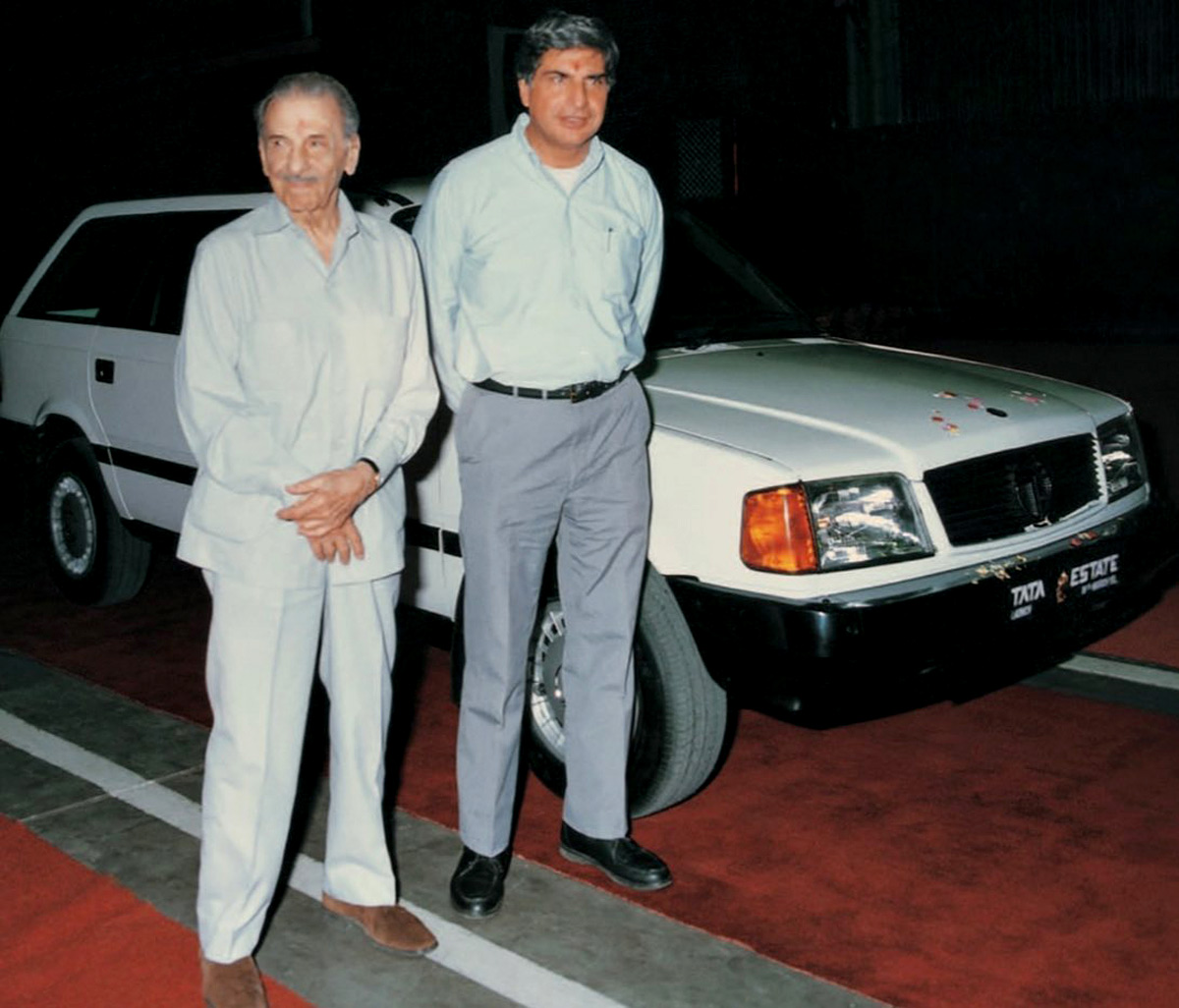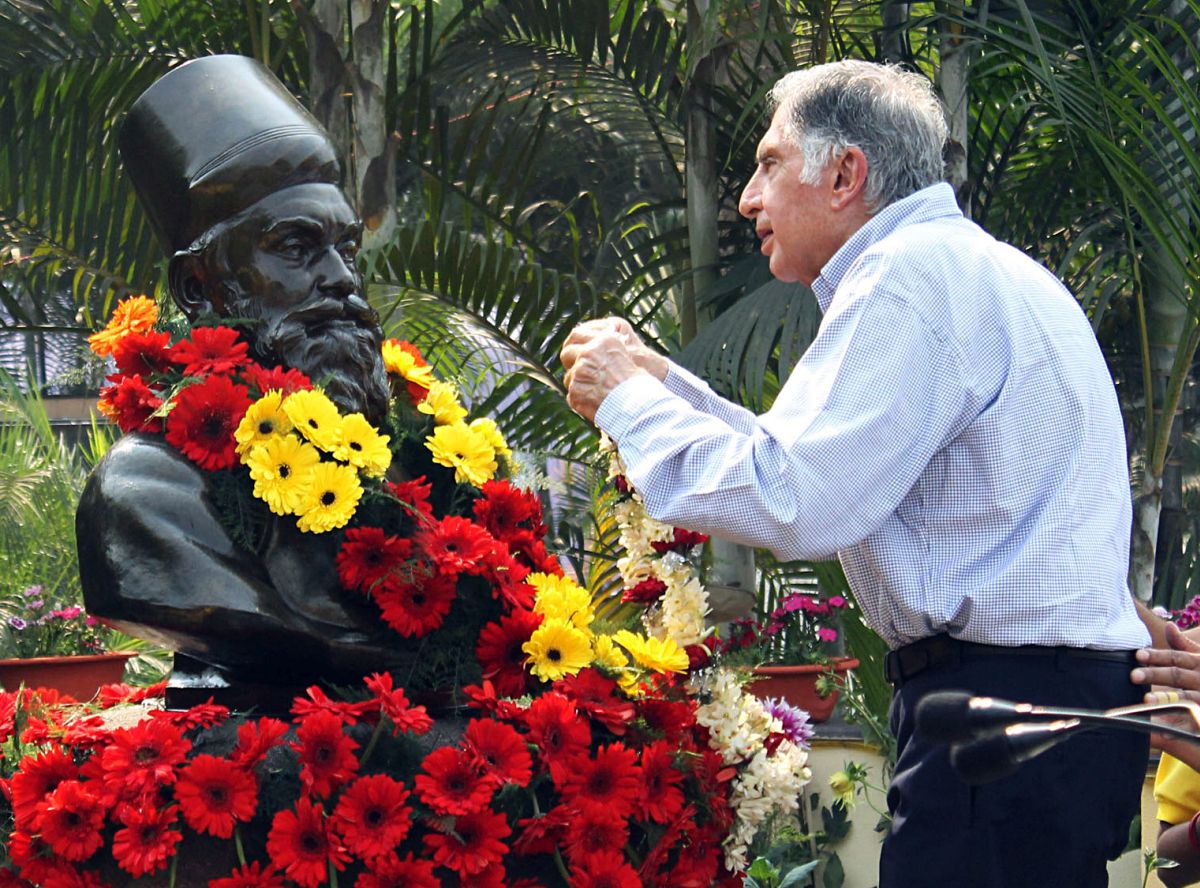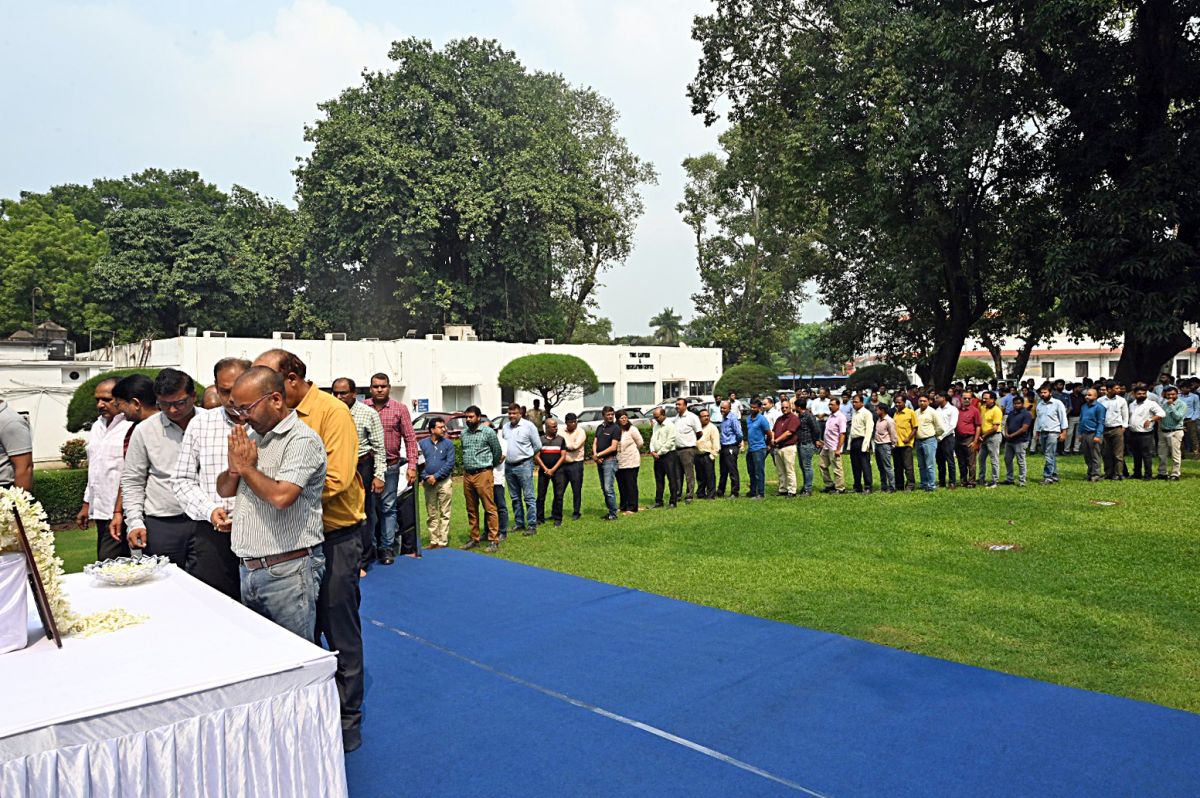 | « Back to article | Print this article |
Arun Maira who worked for 25 years at the Tata Group, remembers his early years with Ratan Tata.

"Many of our Tata Steel senior employees were being recruited by Hindustan Steel in the 1960s and were leaving us. We wanted to understand what was attracting them to these companies. So Ratan and I took two trips to visit the steel plants in Bhilai and Durgapur."
"We traveled together in overnight trains, sleeping on the no-frills berths and stayed in austere guest houses, one built on Russian design and we would joke that there must be microphones hidden in the walls!"
"We were good chums," remembers Arun Maira who joined Tata Steel in 1965 and worked for the Tata Group in senior positions for 25 years. He was executive director on the board of Tata Motors from 1981 to 1989.
A prolific author of several books on institutional transformation including The Learning Factory: How The Leaders Of Tata Became Nation Builders, Mr Maira was a member of the Planning Commission from 2009 to 2014. Prior to that he was chairman of the Boston Consulting Group and presently is chairman of HelpAge International.
A friend and peer of Ratan Tata, their careers started off on the shop floor in Jamshedpur in their 20s.
In a telephone conversation with Rediff.com's Archana Masih, Mr Maira graciously shared his memories of Mr Tata.
In this first part of the interview, Mr Maira recalls those wondrous early days as they both explored opportunities for the Tata group in the brave new India.
"Ratan joined the Tatas a few years before me. I was in the Tata Administrative Service and was around 23 years old. He was 5-6 years older than me and full of fun and life.
He came from the specialised field of architecture and was appointed in the engineering division in Jamshedpur at a very young age.
We first got to interact with each other in Tata Steel in Jamshedpur. We were considered as peers, even by him. He was not the Ratan Tata at that time, he was just around 27 and that's how we started out.
A few years later, he was transferred to Bombay because it was felt that he needed to be groomed closer to J R D Tata.
I was working more directly with JRD at Tata Steel and Ratan and I were made to work together. This was the 1960s, and Ratan was very keen for the Tatas to be innovative and explore new opportunities.
He felt the agriculture market in rural areas was opening up, but the Tatas were missing opportunities to catch the new wave of growth.
My job with Tata Steel and JRD was to induce the company to diversify from producing basic steel. Therefore, Ratan and I would sit together to explore what those opportunities could be.

At the same time, Tata Steel was facing big competition from the new Hindustan Steel [precursor to THE Steel Authority of India Limited]. These plants were larger and had better technology.
The plant in Bhilai was set up with Russian collaboration. The one in Rourkela had German collaboration and the third plant in Durgapur had British collaboration.
We were curious and concerned about the management ideas and technology that they were introducing into the country. Many of our Tata Steel senior employees were being recruited by these companies and were leaving us. We wanted to understand what was attracting them to these companies.
So Ratan and I, and this is a sweet story, took trips to visit the steel plants in Bhilai, Rourkela and Durgapur.
Since both of us were from Tata Steel, they naturally they didn't want their competitor from Jamshedpur visiting them, but because he was Ratan Tata and knew people in the Government of India, we were give permission.
We visited the factories, met their senior managers and spent two days each at their plants.
We traveled together in overnight trains, sleeping on the no-frills berths and stayed in austere guest houses, one built on Russian design and would joke that there must be microphones hidden in the walls!
We were good chums.

The second trip was on the behest of USAID and was more interesting. USAID felt that India needed to build industries in Punjab to boost agriculture as the USAID was aiding and helping with the Green Revolution.
This gave another opportunity for diversification, not only for Tata Steel, but the whole group. We thought it would be interesting to see what was happening in the villages of Punjab.
So Ratan and I took a car with a driver from Delhi and spent seven, eight days in different little towns and villages of Punjab.
I could speak Punjabi as I am one, and since both of us were tall and looked similar, people presumed that he might also speak Punjabi! Of course, Ratan could speak his Gujarati.
We would sit on the cot with Jat farmers wearing their lungis and have gur[jaggery] and tea, mooli [radish] from the fields and eat with them.
The farmers would tell us how they were earning money, and what would help them increase productivity.
While we were there, we thought about small machinery, the power tiller. It did the functions of a tractor, but could be pulled by the farmer himself. A bigger one could be towed by an animal and didn't need a big engine. It was like a lawnmower.
That trip made us realise that appropriate equipment was needed for farming and since the Tatas were into manufacturing this was an opportunity for us.

We also noticed that the women in the villages who would come out and serve us food were already wearing lipstick.
This was a surprise to me because even my mother's family in the town and the educated women wouldn't wear lipstick in the 1960s unless it was for an occasion.
I asked the farmers about this and they said that the ladies put on lipstick because Mr Tata and you have come and it was like a special occasion!
You might recall that Lakme started by Simone Tata took cosmetics into Punjab. The women of Punjab were among the forerunners in the use of cosmetics and made Lakme.
Lakme was able to customise the marketing, labeling and retailing process very well.
Ratan and I had good fun exploring a new world and finding opportunities together.